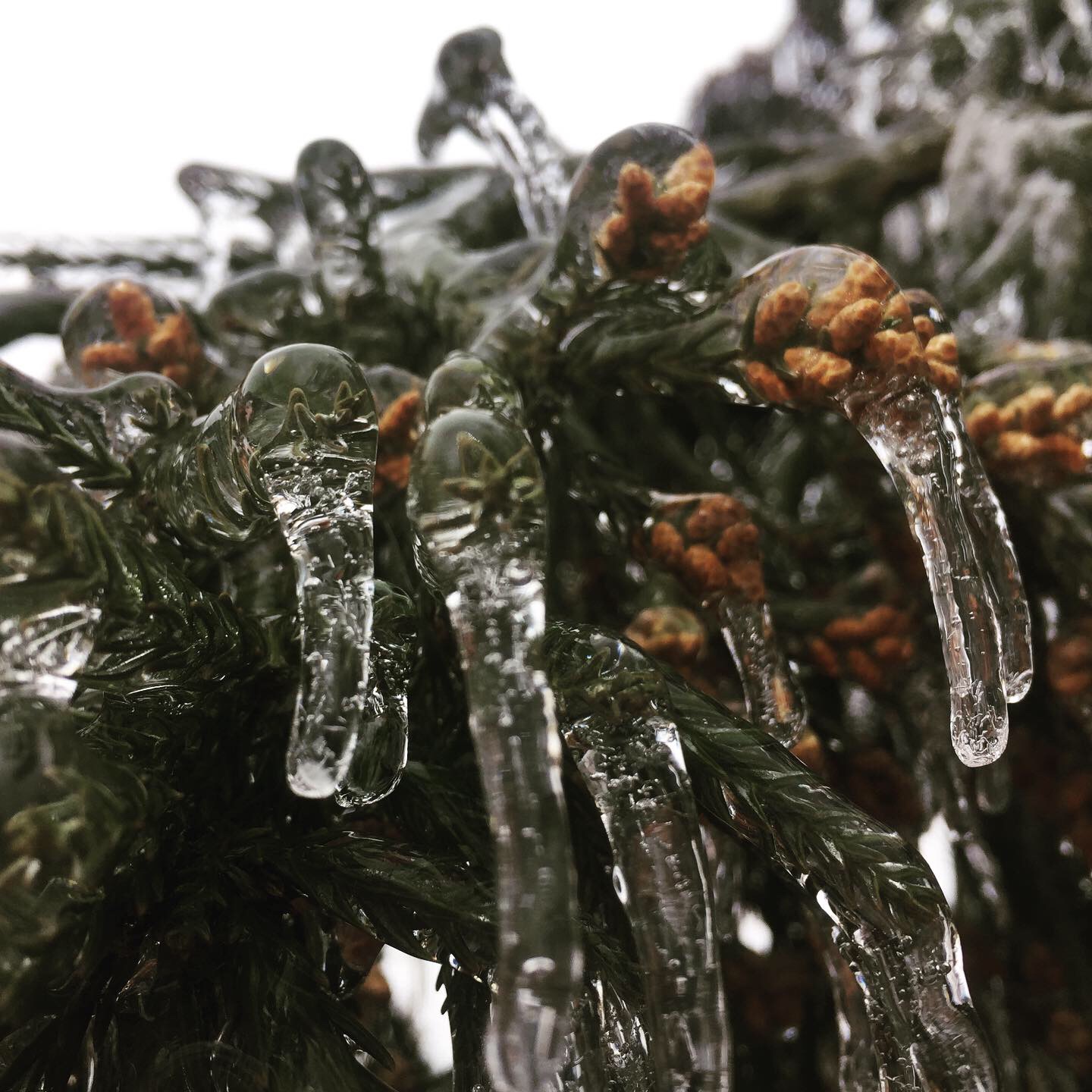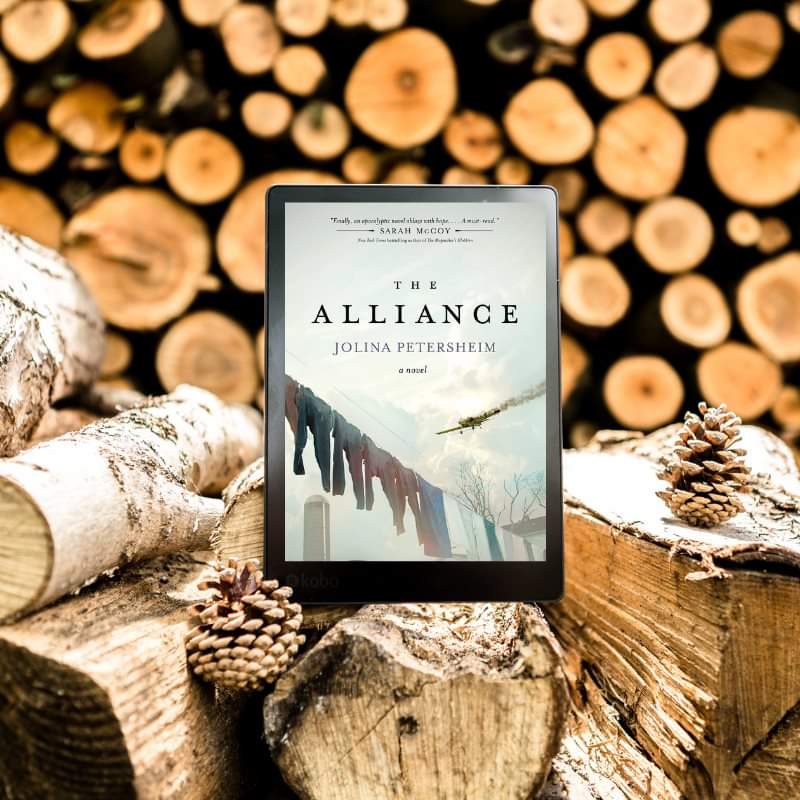
The Ice Storm
One month ago, a colossal ice storm swept through the southern states, snapping branches that, in turn, snapped powerlines and exploded transformers, knocking millions of people off the grid and forcing them to live as they’d reverted to the nineteenth century.
My three young daughters and I had just sat down to a lunch of homemade chicken noodle soup when the light fixture above our table started flickering. We could hear the ice pinging on the tin roof.
Trying to distract them, I recounted the ice storm in 1994 when our family lived in a tiny, remodeled servant’s quarters on a Civil War era farm.
We were without electricity for an entire week, and I remember our snow pants and gloves thawing out in front of the woodstove, drinking cups of hot chocolate we held to warm our hands, and my dad pulling me and my older brother on an orange toboggan sled as the ice glittered and the hardwood trees fell in the forest with the startling crack of gunfire.
My middle daughter—who looks like me but acts like her father—concluded my story by dramatically flicking the light switch up and down.
But then, the lights flickered off for good.
Minutes turned to hours and hours to days.
My husband had recently finished hooking up the fireplace, so he tended it every three hours like a newborn.
Still, the temperature in the back rooms hovered in the sixties. We had a small generator that could power the fridge and freezer but not much else.
I read to the girls by kerosene light. We put together puzzles and sipped hot chocolate, just as my mom had made hot chocolate for me and my brother during the ice storm when I was eight.
The first night without electricity, my husband and I sat at the kitchen counter and stared at the boxed fire gasifying blue, yellow, and orange as the flames hit the top of the insert and at the distant ridgeline, which was more visible than when we were blinded by artificial light.
Half-joking/half-serious, I whispered, “When do you know you’re in the apocalypse?”
He grinned. “I don’t think we’re there . . . yet.”
Still, it was eerie as we stood side by side on the front porch and listened to the buzz of generators and the familiar crack of trees breaking beneath the weight of their own branches.
Apocalypse or no, just as in The Alliance series, our community came together.
My father-in-law hooked up the neighbors’ generators. I took eggs to our neighbor on the hill, who could still cook on her gas stove. My sister-in-law had everyone over for chili, which we slowly ate while telling stories by candlelight.
More days passed. My laundry pile became a mountain. We took long walks in the sparkling world—the crunch of ice beneath our boots—to keep everyone from fussing, including myself.
On the beginning of the fifth day, we received a text. My in-laws had electricity. My husband turned off the generator, and we tried a switch.
We had electricity too.
My husband and I blinked at each other like discombobulated owls.
Now what were we supposed to do?
First thing’s first: I made coffee, put in a load of laundry, and took a hot shower.
A few days after the ice storm, we drove down our road. My husband pointed out the thawed hills, where the torn treetops glowed white amid brown trunks and leftover fall leaves.
I murmured, “They’ll never be the same.”
He disagreed. “In a few weeks, when new growth comes, you won’t even notice it.”
I thought of the pain so many friends and loved ones have walked through this past year—a season as ice-bound and apparently lifeless as Narnia.
But though the ravaged forest of our lives may appear dormant, spring is coming, my friends.
Give our hearts a few weeks of warmth and sunshine, and the ice will thaw, and life will spring forth in the broken places.
When healing comes, we will still remember how life had been before the breaking, and yet, the broken people looking upon us will just see the beauty of our growth.
And then we can offer them hope that, if they wait long enough, life will come again.
Have you ever experienced a broken season that seemed to change overnight?



